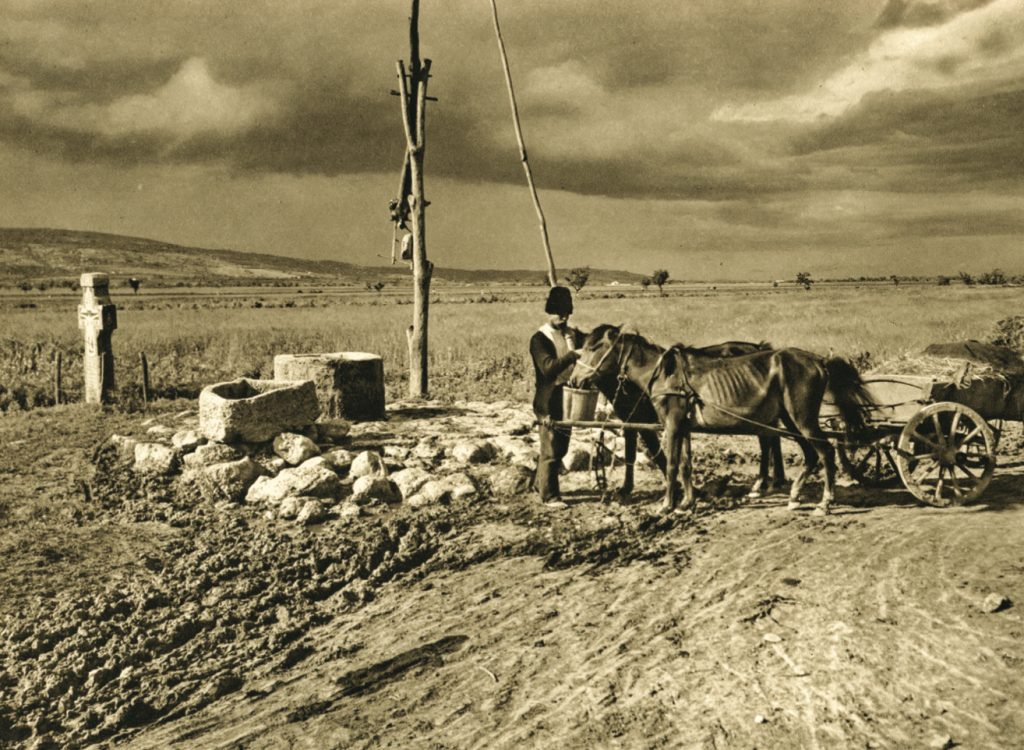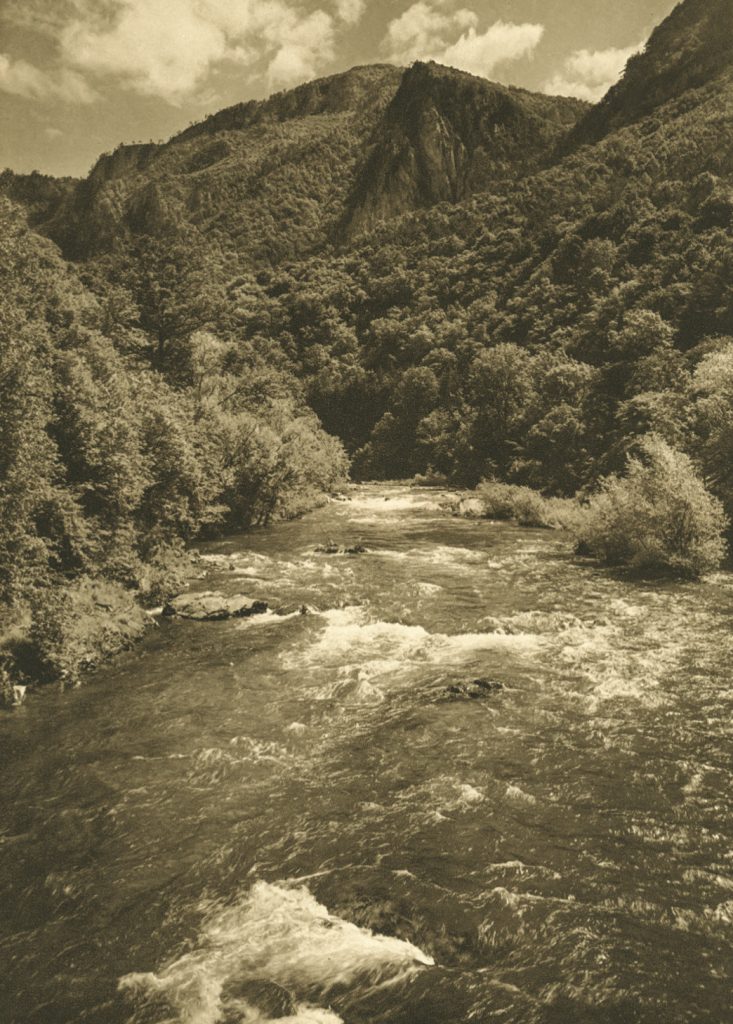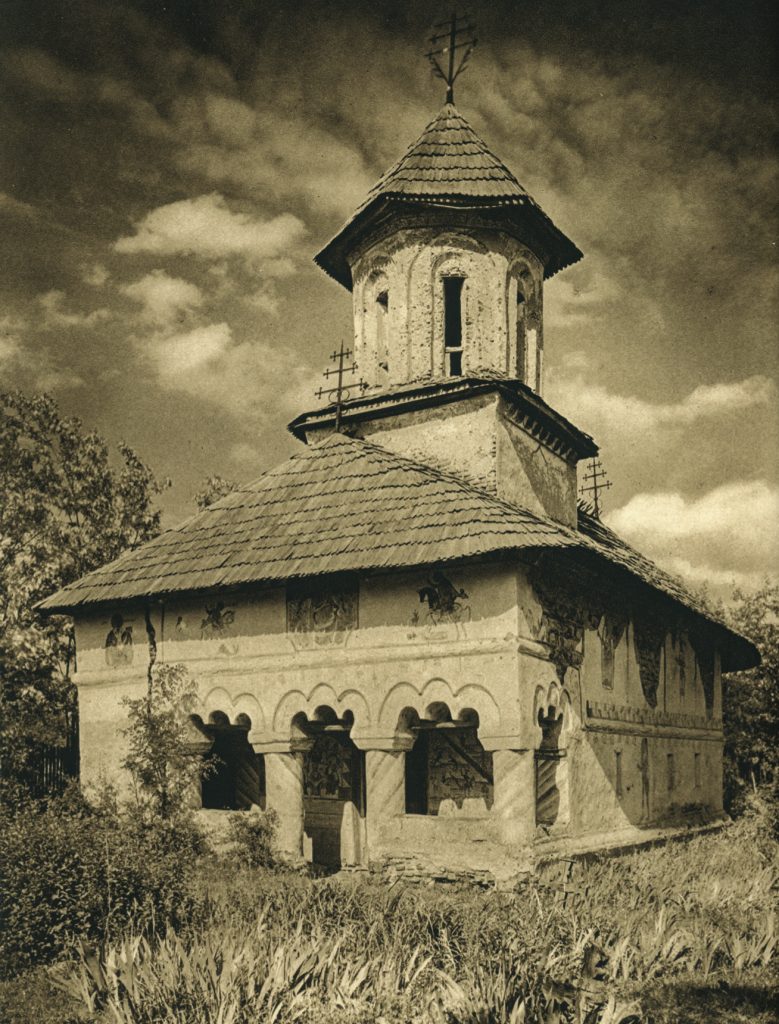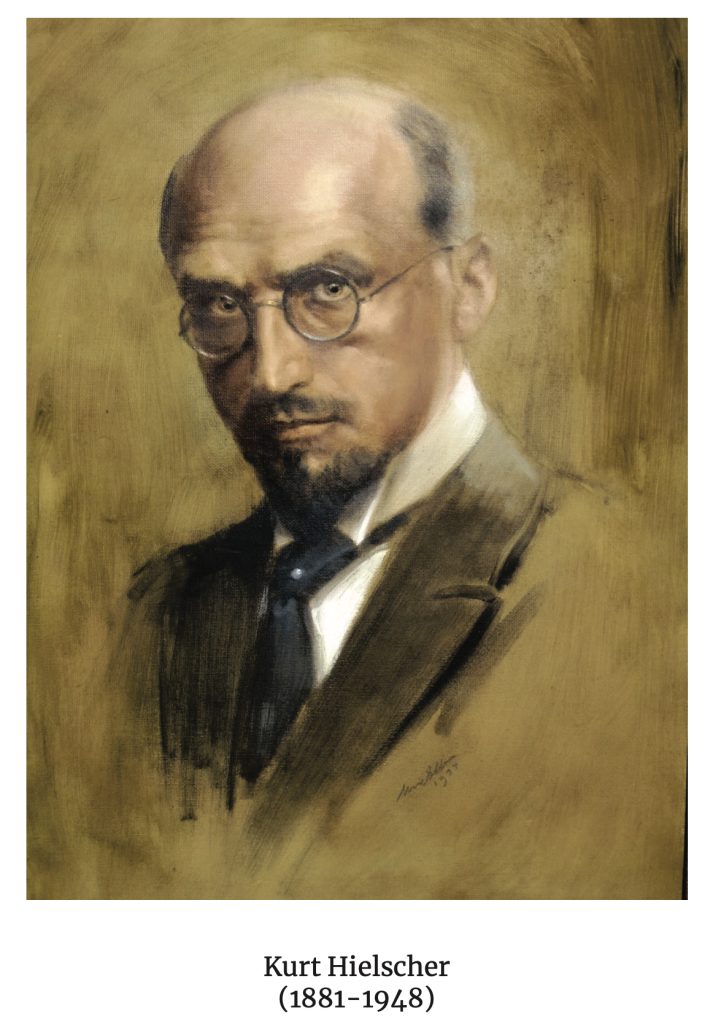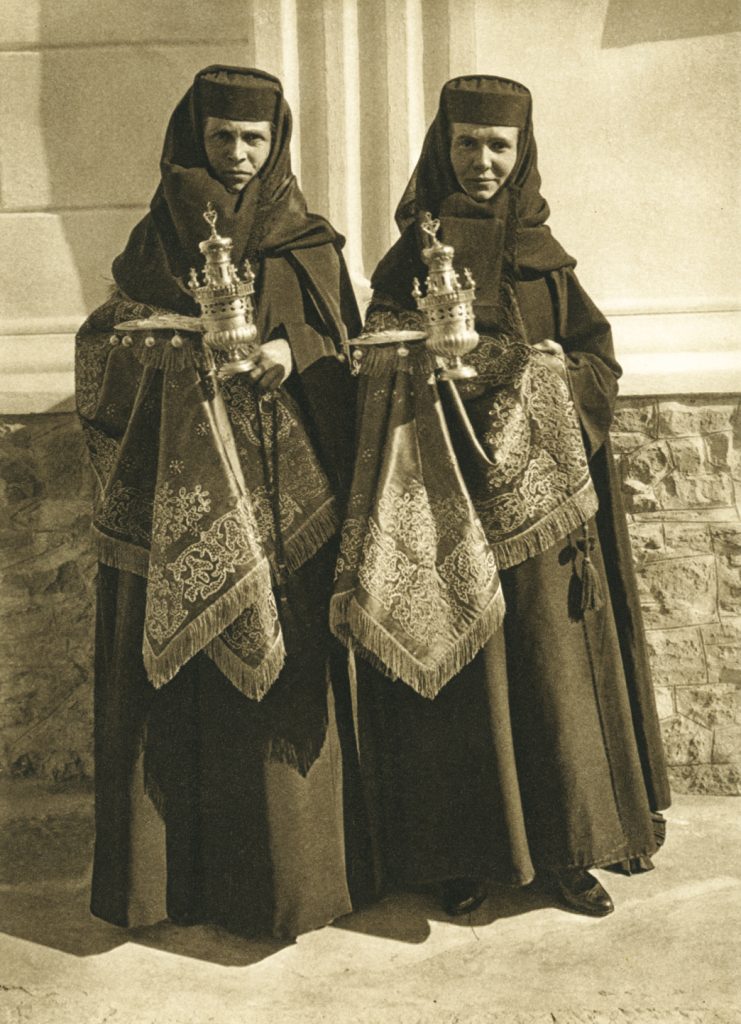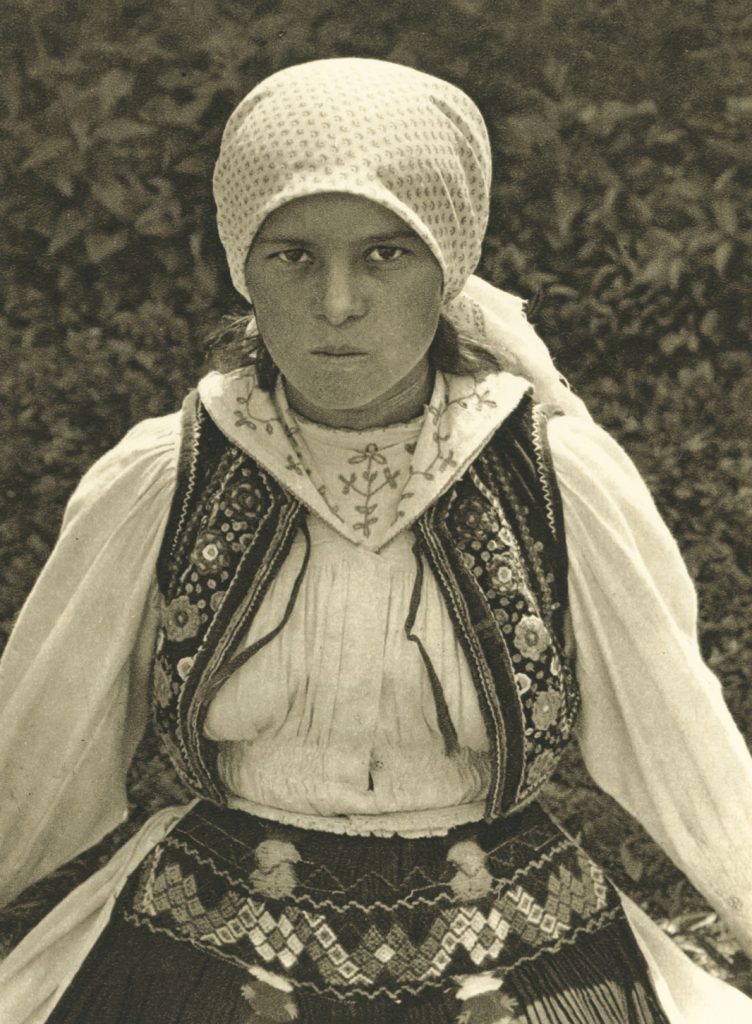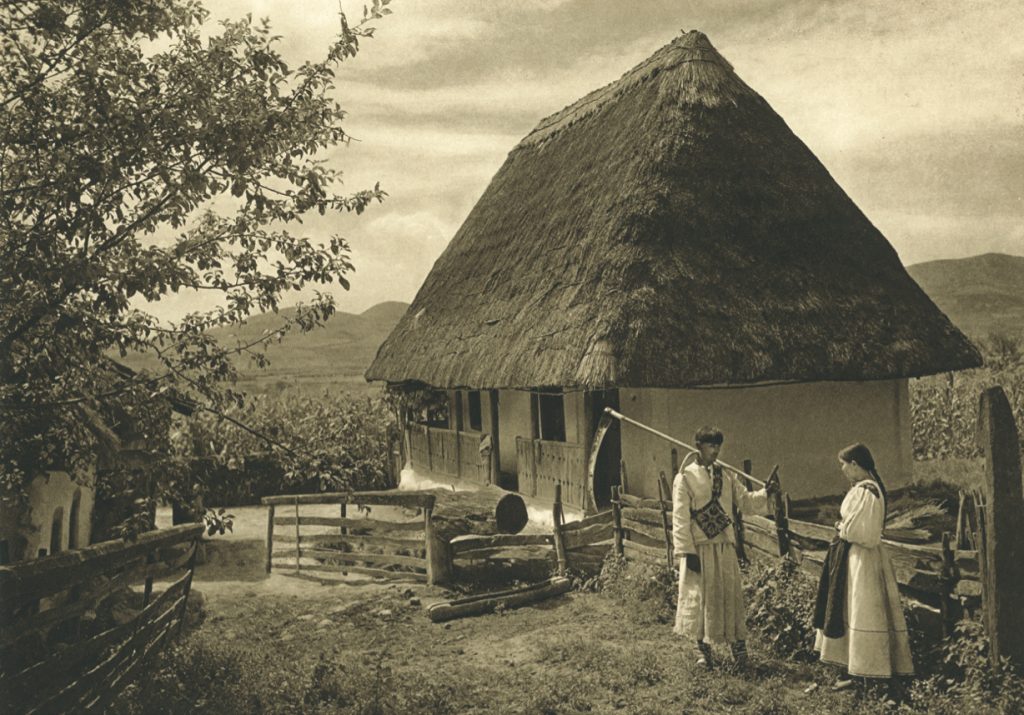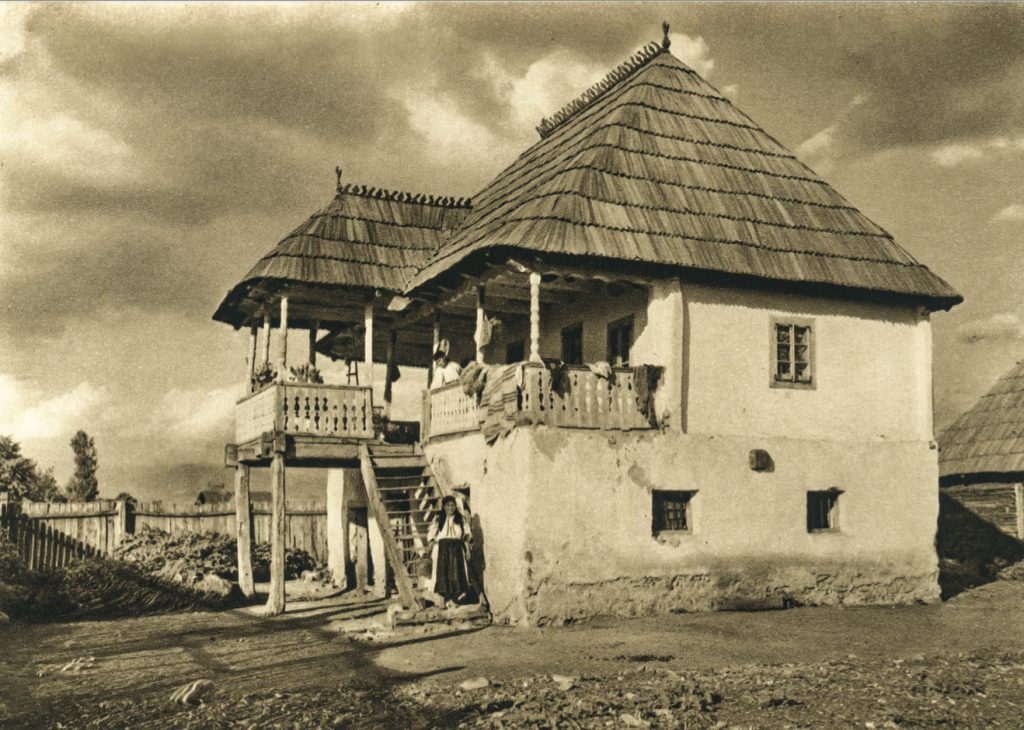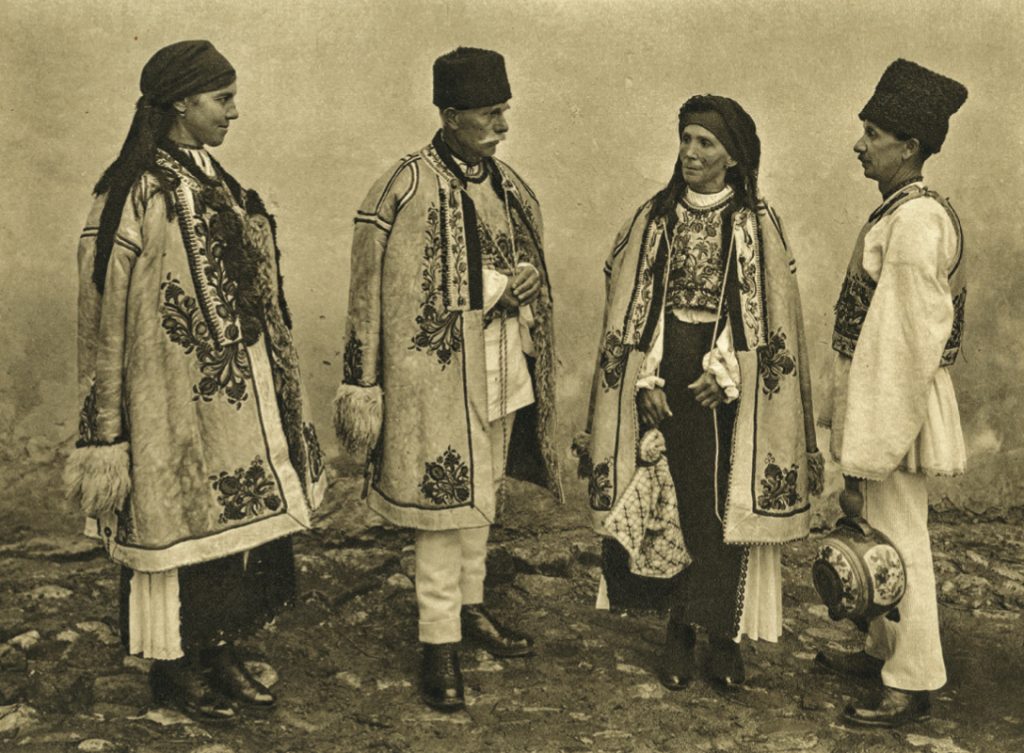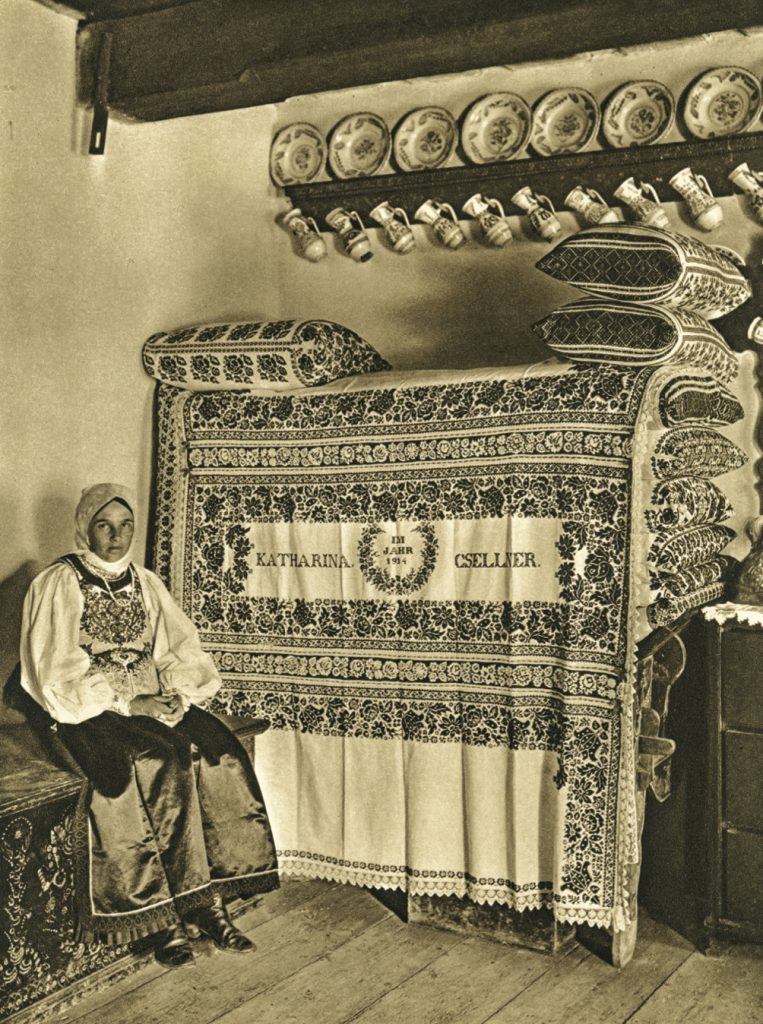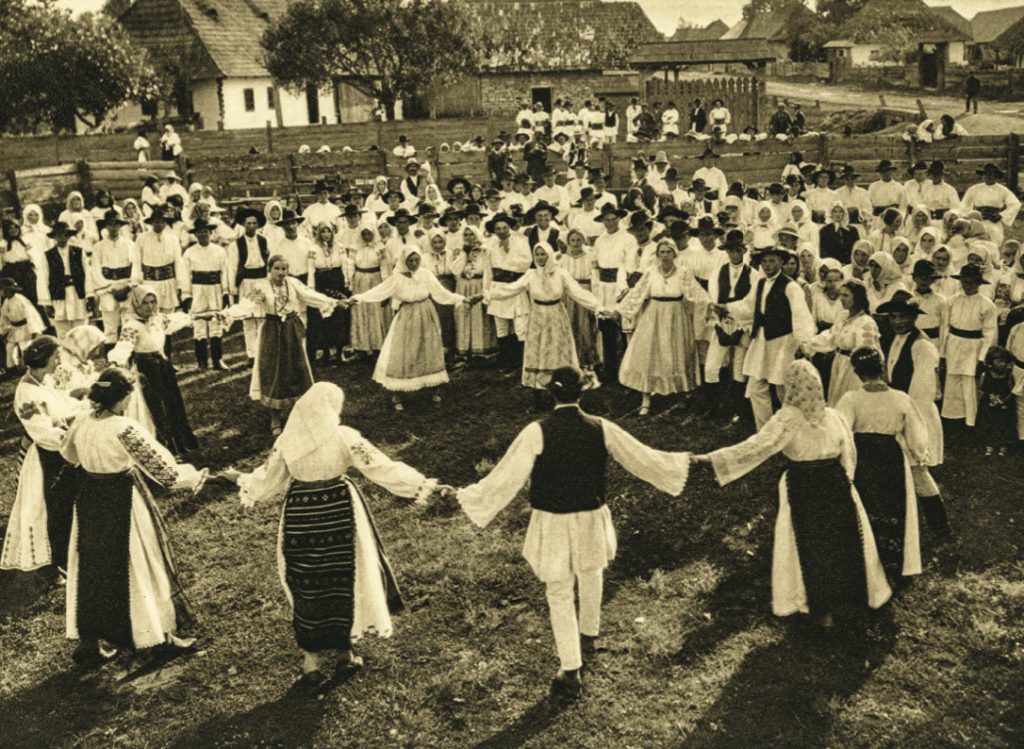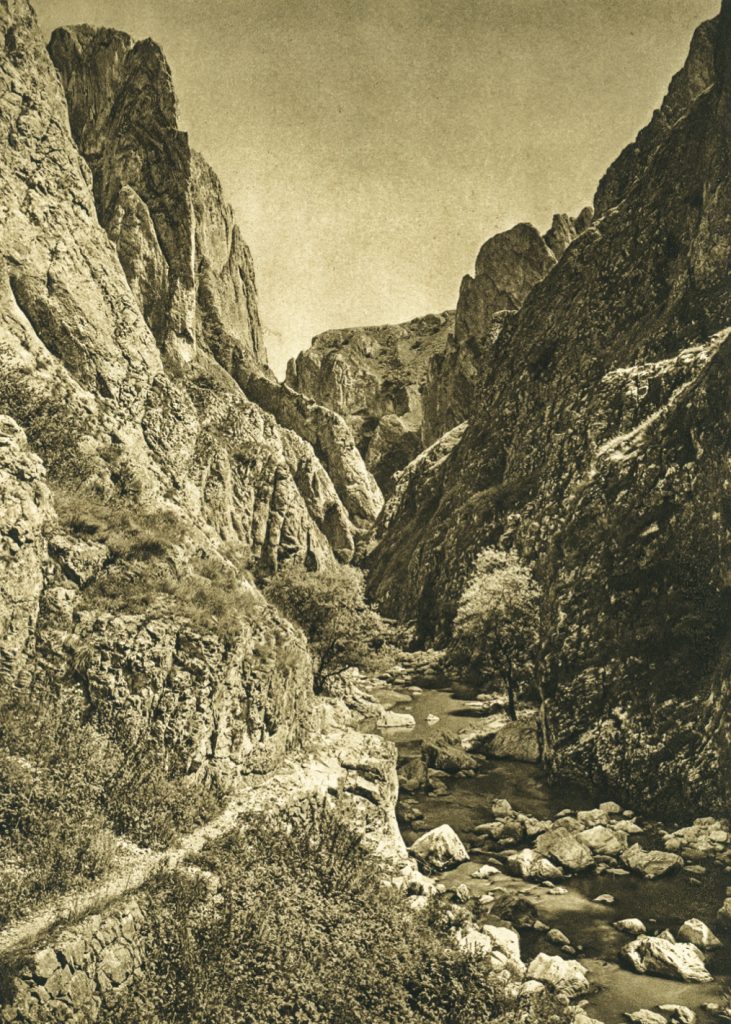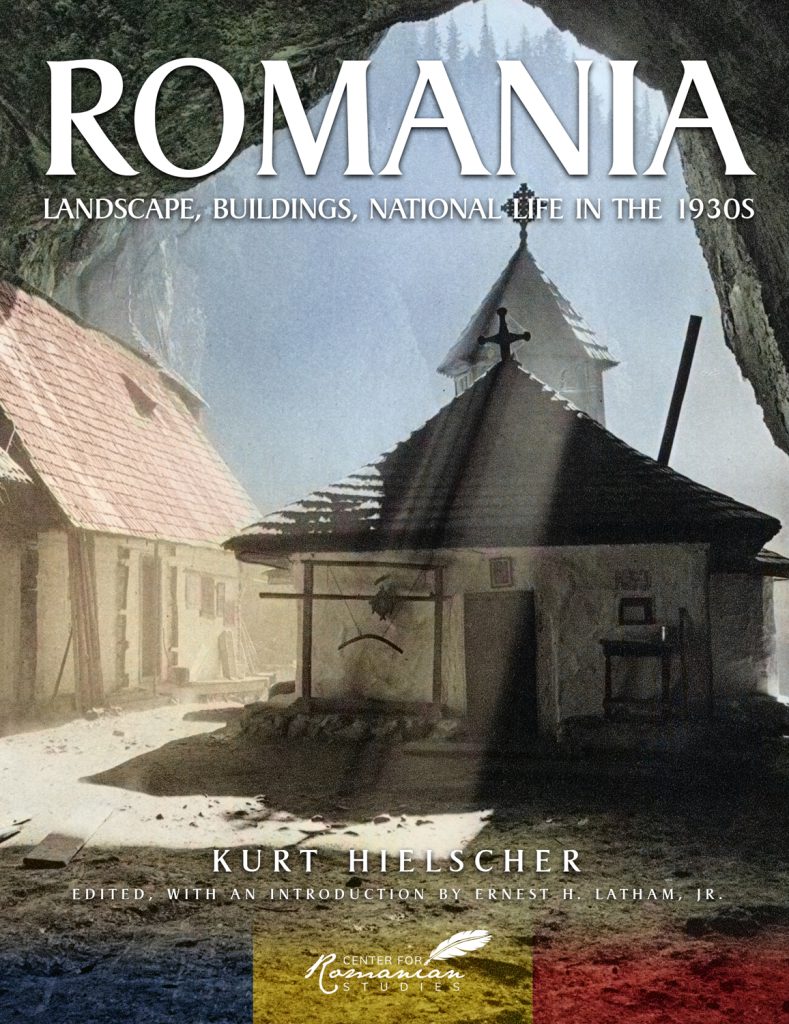
Please Follow us on Gab, Minds, Telegram, Rumble, Gab TV, GETTR
Romania is one of the most fascinating countries in Eastern Europe. Boasting a rich cultural heritage, abundant natural resources, and idyllic landscapes, the country seems to lack nothing except competent political leadership. Unfortunately, those who have ruled this beautiful land have rarely had the skill or inclination necessary to promote knowledge of it abroad. One rare effort to do so occurred in the early 1930s when famed German photographer Kurt Hielscher visited the country at the invitation of the Romanian government to create a photographic portrait of the nation. They chose Hielscher for this project because his previous efforts in Spain, Germany, and elsewhere had received great critical acclaim. Hielscher first visited Romania in 1931, and he set out touring its many regions over a two-year period.
The result of Hielscher’s time in Romania was an outstanding compilation of photographs presenting the stunning landscapes, fascinating architecture, and the people of what was then still predominantly a rural society. Even in the early 1930s, he could see that this was a vanishing culture, and he saw it as his task to record it for posterity. “I hope that my book may save for future times what is slowly but irresistibly doomed to destruction,” Hielscher wrote in his introduction. “May Fortune spare the originality and beauty of these people of the mountains, valleys, and plains for a long time to come!” The result of his time in Romania was a large format photo album originally published in 1933 in German, English, French, and Romanian.
Born in Germany in 1881, Kurt Hielscher was the son of a forester. He became a teacher, allowing him the opportunity to live out his passion for hiking and photography in his free time. His first major trip abroad took him to Spain in the summer of 1914. He used his time there to wander the country and document it with his camera. The exhibitions and lectures on his photographs, followed by their publication in 1921, brought him attention and fame. In 1922 and 1923, he made a similar trip through his native Germany and published his second photo book in 1924, again to great critical acclaim. Hielscher’s fame grew rapidly, and public commissions for similar photo documentations of other countries quickly followed, among them Romania.
This beautiful, unique book, however, was almost doomed to oblivion. The book was printed as a limited edition and did not enjoy wide circulation. Then, in 1944, Allied bombing destroyed almost all of Hielscher’s work when a bomb struck his workshop in Poland. He lost over 40,000 photographs and negatives, including the over 5,000 photos he took in Romania, making his work extremely rare today. Shortly after the war, in 1948, Kurt Hielscher died at the age of 67. Both the tragic loss of his archive and his sympathies for the National Socialist regime in Germany led to his subsequent obscurity.
‘NO AD’ subscription for CDM! Sign up here and support real investigative journalism and help save the republic!‘
The Center for Romanian Studies, an independent academic research institute based in the United States, whose mission is to promote knowledge and understanding of Romanian history and culture in the world, then took on the task of trying to restore Hielscher’s amazing work on Romania. Dana Ungureanu, a spokesperson for the Center, told us, “We undertook the Hielscher project as an act of cultural preservation. Each photo from the original album was individually scanned and digitally enhanced. A new modern layout was then applied. The result is Romania: Landscape, Building, National Life in the 1930s that we hope will preserve Hielscher’s important work for future generations.”
Hielscher’s work in Romania resulted in over 5000 photographs, of which 304 were finally selected for this album. Although skeptical when he first arrived in Romania, “As time went on,” Hielscher wrote in his introduction, “every day, every week, I loved the country more.” The new edition of Hielscher’s book published by the Center for Romanian Studies and Histria Books is a large format photo album featuring 304 sepia photographs, in addition to a photo of the author as a frontispiece and a large fold-out map of interwar Romania. It is a monumental cultural act preserving a bygone era now lost to history. This edition includes a preface by famed Romanian poet Octavian Goga, and is edited with an introduction by Ernest H. Latham, Jr., an acclaimed scholar of Romanian culture and history who discussed Hielscher’s life and work. The book is truly a one-of-a-kind treasure for anyone interested in the history and culture of Romania.
Romania: Landscape, Buildings, National Life in the 1930s, 342 pp., Hardcover, ISBN 978-1-59211-172-5, (illustrated, map) is available at HistriaBooks.com and from all major book retailers. It is also available as an eBook. The book makes for a special gift, and we highly recommend it to anyone interested in this region of Europe.
- NATO, Spain, Romania, Greece And Slovakia Won’t Speed Up Kosovo’s Membership
- Buried In A Casino Wall, A Dark Secret From Romania’s Communist Past


